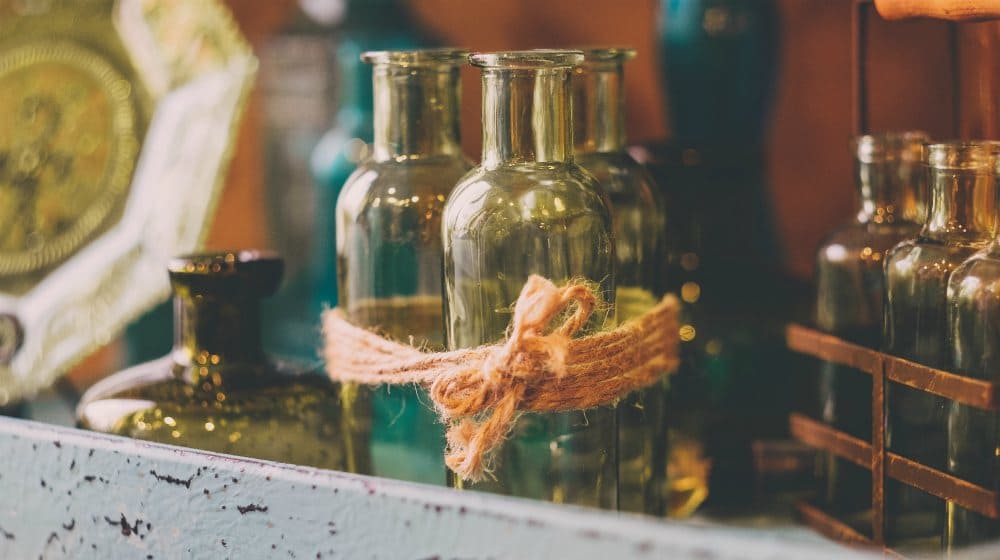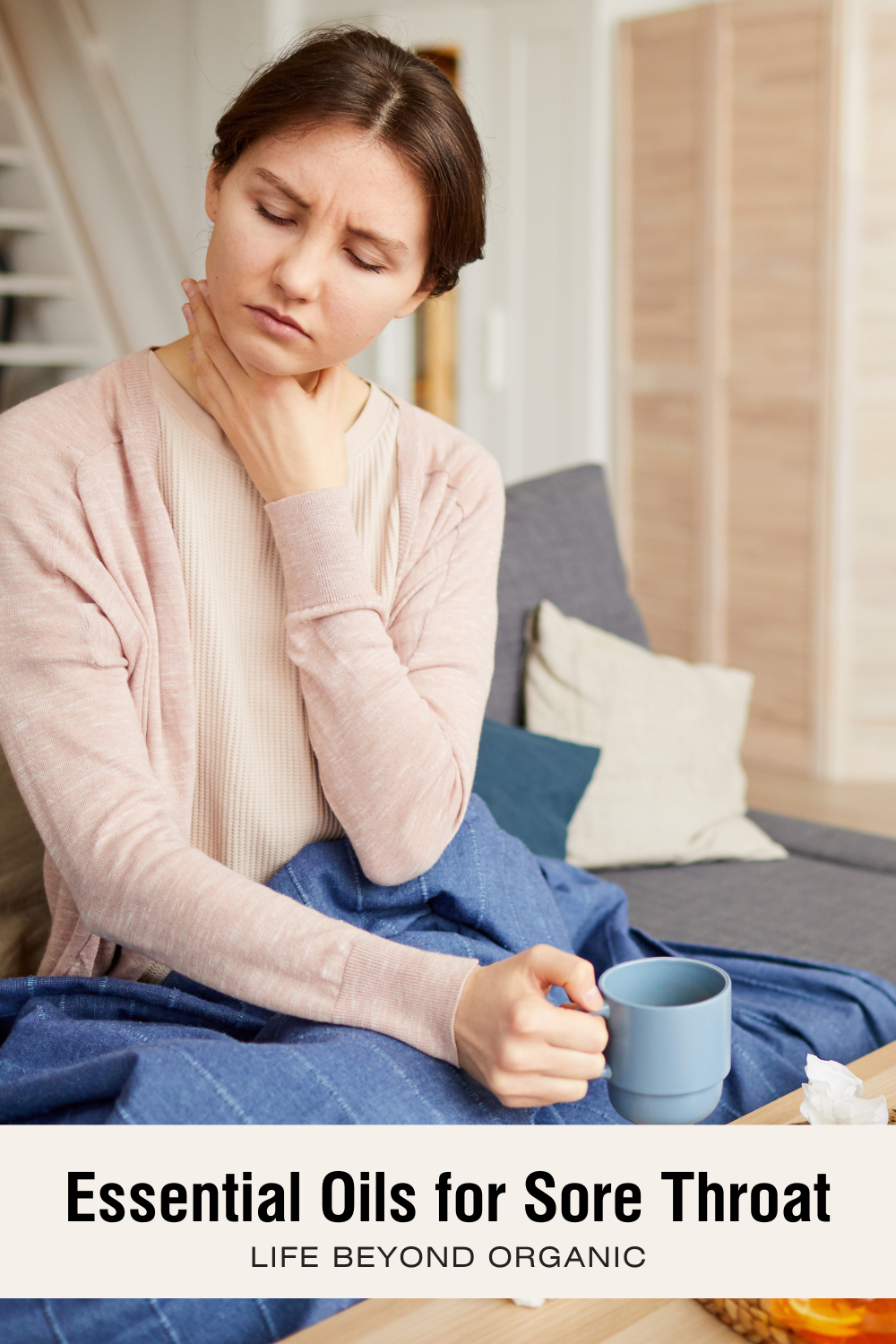Essential oils can be found and purchased at any local beauty supply or health and wellness store in your neighborhood. They?re generally very fairly priced and come with instructions on how to apply the oil, as well as some necessary and interesting background information the particular health benefits of the chosen oil. However, you might be a little more curious to learn more about exactly what kind of molecules and chemicals are contained within your favorite essential oils, as well as the process behind extracting these aromas from their native plant. DIY queens, read on to find out how you can skip the line at the store and easily make?essential oils right in the comfort of your own home!
How To Make Essential Oils
There are several methods which can be used to remove the essential oil from a plant. The type of method you will select will depend on a few factors – the plant material, the type of oil that is needing to be removed, and the availability/access to certain types of equipment are all things to consider when you?re beginning the process of making your own essential oils. Here, we will discuss the main three methods of essential oil extraction: steam distillation, expression, and extraction.

Steam Distillation
This process is typically thought of as the most common and the most practical method of extracting essential oils. Through this type of distillation, the plant is exposed to steam which causes the heat to force the essential oils to evaporate. Once the hot vapors cool, the water vapor and oil will condense and separate from each other. Here are some easy and helpful processes that you can use in your own home to achieve the results of steam distillation:
- Place your plant material into a container of boiling water. You will see the steam collect, separating the oils from the water.
- Place the plant material in an empty container made of a thin material. Place it near boiling water, or leave it in a warm, steamy enclosement. This will seep through the container material and into the plant, performing a similar process as the suggestion above.
Most people who make essential oils from their own kitchen recommend steam distillation, as it is essentially cost-free and an easy method to practice.
Expression
A much more complicated approach to essential oil extraction, expression is perfect for those who don?t back down from more of a challenge! This process is almost exclusively reserved for citrus oils, such as orange, lemon, lime, and grapefruit. The method involves a much more manual, time-consuming, and hands-on approach. Expression is performed by mechanically pressing the rinds and peels of fruits to release a mixture of oil and water into a bowl. However, you will usually need a special type of pressing instrument to then separate the oil from the water; or, you could follow a similar steam distillation method listed above. Nowadays, intricate mechanical presses have been invented to ensure that the oil and water are completely separated, giving the purest expression of the essential oil from the fruit. Most DIY-ers avoid this method as it does take quite some time – but it can be a very rewarding outcome at the end of the process!
Extraction
In this method, a solvent is used to extract the essential oils from their mother plant or fruit; this process is used for materials that have a very small amount of oil to offer from the start. First, the solvent is used to extract the oil from its mother material; next, this oil and solvent mixture must undergo distillation in order for the solvent to be evaporated from the oil. This process is obviously extremely complex and is almost always done by professional chemists and botanists who work with these materials frequently. All in all, essential oil DIY-ers would highly recommend steam distillation for a quick, easy, and cheap method of making your own!
Last, we?ll offer some helpful hints for anyone looking to create their own essential oils right at home:
- Make sure your chosen plant material is clean, organic, and free of any pesticide use.
- You can use fresh or dried plants.
- You can also use herbs, spices, flowers, and fruit rinds.
- Always store your oils in glass containers in a cool, dark environment.
Best of luck to our DIY-ers! There is no better feeling than knowing you have directly created something that will add multiple physical, psychological, and spiritual benefits to your day-to-day life!
We may earn a commission for purchases made using our links. Please see our disclosure to learn more. We appreciate your support SO very much.









